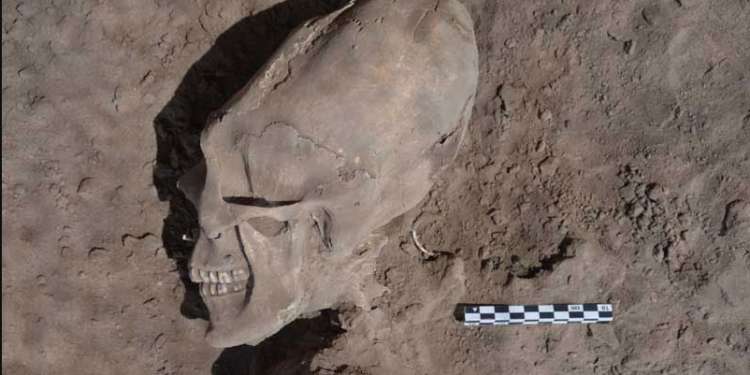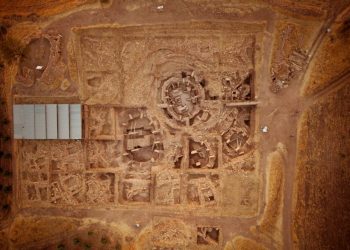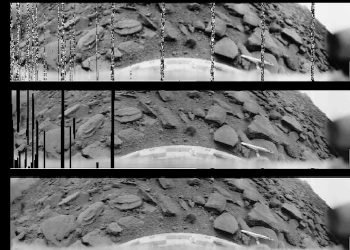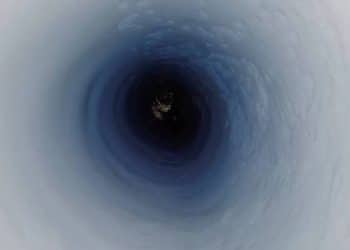Elongated skulls have been found all over the planet. No matter what ancient cultures are being studied, it seems that nearly all ancient civilizations had people of elongated skulls in their society.
But why? Are elongated skulls a natural deformation? Or, as some experts believe, are these mysterious skulls the result of artificial cranial deformation?
Artificial cranial deformation?
Elongated skulls and artificial cranial deformation is something that is older than history. This practice was common across a wide range of ancient cultures that were separated not only by great geographical distances but also in chronological terms.
Despite this, it seems that many cultures developed this practice individually.
The earliest suggested examples were once thought to include the Proto-Neolithic Homo sapiens component (ninth millennium BC) from Shanidar Cave in Iraq, and Neolithic peoples in Southwest Asia.
It is believed that cranial deformation was likely performed to signify group affiliation or even to demonstrate a higher social status.
Looking back at history, we find that the earliest written record of cranial deformation can be traced back to Hippocrates, who mentions the Macrocephaly or Long-heads, named for their practice of cranial modification to around 400 BC.
And although elongated skulls have been found across the entire planet, in this article, we take a look at five of the most bizarre discoveries involving elongated skulls.
Elongated Skull from Russia’s Stonehenge

It was reported that back in 2015, researchers in Russia made a truly bizarre discovery at an archeological site known as Arkaim.
Dubbed Russia’s Stonehenge, the ancient monument is believed to have been built in the 17th century BC.
There, experts uncovered a truly unusual skeleton with a freakishly large, elongated skull.
Although conspiracy theorists rushed to make UFO-related claims, experts revealed that the skeletal remains belonged to a woman who lived around 2,000 years ago in the region.
The elongated skull was the result of tribal tradition, as in many other places around the globe. “Her skull was elongated because the tribe did so by tying up the heads of their children with rope. It was clearly a tradition in the tribe,” revealed researcher Maria Makurova in 2015, in an interview with Russian News Agency TASS.
The Crimean, 2,000-year-old elongated skull
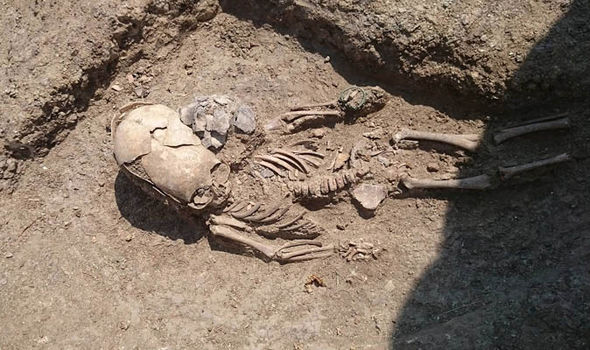
Though to have belonged to the ancient Sarmatian culture, Russian researchers discovered the remains of a child with a freakishly elongated skull during excavations at an old Sarmatian village in 2017.
“Elongated skulls were traditional for the Sarmatian culture,” revealed Nikolay Sudarev, from the Archaeology Institute of Russian Academy of Sciences in an interview with the Moskovsky Komsomolets newspaper. “They thought this was more beautiful,” he added.
The discovery was made at Kyz-Aul, close to Kerch. It is believed that ancient cultures considered elongated skulls a sign of true warriors.
The Paracas Skulls
Perhaps the most famous of all elongated skulls. Discovered in 1928 by Peruvian archaeologist Julio Tello within Pisco Province on the south coast of Peru, the Paracas Skulls have been the subject of debate for more than 90 years.
In total, Tello discovered within a massive graveyard more than 300 elongated skulls, some of which are thought to date back around 3,000 years.
According to some ‘controversial claims,’ the cranium of the Paracas skulls is are least 25 % larger and up to 60% heavier than the skulls of regular human beings.
Mexico’s Elongated Skull
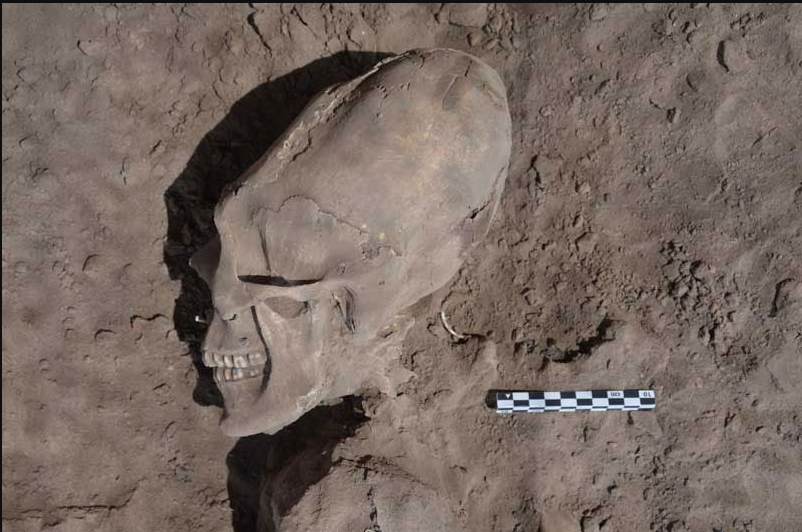
A rather bizarre discovery was made by archeologists in Mexico in 2012 while excavating an archaeological site known as “El Cementerio” located in the vicinity of Onavas.
The skulls were so strange that discovery even went by titles such as ‘Alien-Like’ skulls discovered in Mexico.
There, researchers discovered as many as 25 skulls, 13 of which had a strange, bizarrely elongated shape, with cranial features unlike that of ordinary humans.
“Cranial deformation has been used by different societies in the world as a ritual practice, or for the distinction of status within a group or to distinguish between social groups,” said in 2012 researcher Cristina García Moreno, an archaeologist at Arizona State University, as noted by Scientific American.
“The reason why these individuals at El Cementerio deformed their skulls is still unknown.”
Bavarian Elongated Skulls
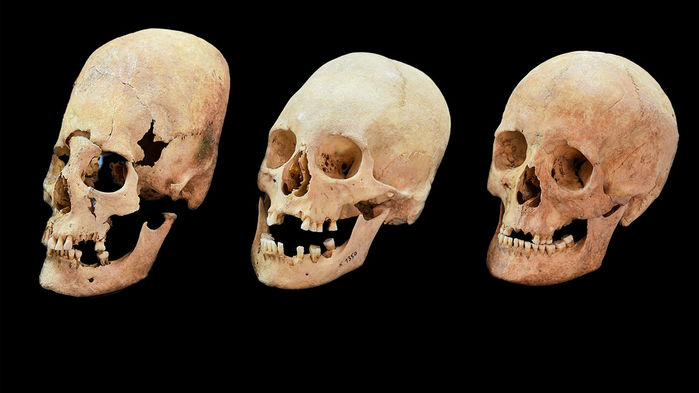
During the 1960s, researchers came across a series of burial sites in Germany. The so-called Bavarian skulls were excavated alongside regularly shaped skulls near six modern southern German towns along the Danube River. The remains are thought to date back to around 500 C.E. and they puzzled experts.
New DNA analysis revealed that the elongated skulls belonged to women who were most likely high-ranking “treaty brides” from Romania and Bulgaria, married off to cement political alliances.
“This is one of the strangest things I’ve ever read,” revealed Israel Hershkovitz, an anthropologist at Tel Aviv University in Israel, who specializes in ancient human anatomy, in 2018, in an interview with Science Mag.
“I don’t buy it.”
Join the discussion and participate in awesome giveaways in our mobile Telegram group. Join Curiosmos on Telegram Today. t.me/Curiosmos



